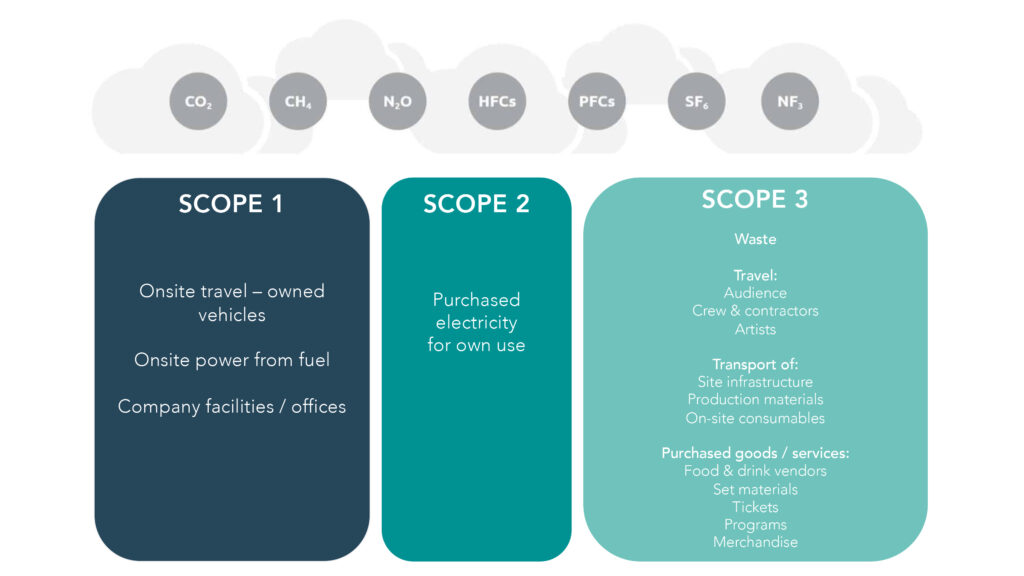Why is net zero important?
You’ve all heard it before, but this is the writing on the wall from the UN:
“The science shows clearly that in order to avert the worst impacts of climate change and preserve a liveable planet, global temperature increase needs to be limited to 1.5°C above pre-industrial levels. Currently, the Earth is already about 1.1°C warmer than it was in the late 1800s, and emissions continue to rise. To keep global warming to no more than 1.5°C – as called for in the Paris Agreement – emissions need to be reduced by 45% by 2030 and reach net zero by 2050.” *
*Text from the United Nations Climate Action webpages – where you can find a video introduction to net zero.
Are we on track globally to reach net zero by 2050?
No, commitments made by governments to date fall far short of what is required. Current national climate plans – for all 193 Parties to the Paris Agreement taken together – would lead to a sizable increase of almost 14% in global greenhouse gas emissions by 2030, compared to 2010 levels. Getting to net zero requires all governments – first and foremost the biggest emitters – to significantly strengthen their Nationally Determined Contributions (NDCs) and take bold, immediate steps towards reducing emissions now. The Glasgow Climate Pact called on all countries to revisit and strengthen the 2030 targets in their NDCs by the end of 2022, to align with the Paris Agreement temperature goal.
Is Net Zero the only game in town?
No. It’s vitally important to reduce emissions, as if we don’t we’re done for, but we must also tackle pollution of our natural environments, and destruction of ecosystems.
What’s all this ‘net zero 2050’ malarky – surely that’s too far ahead to be meaningful?
The point is charting a course, having a plan to reduce emissions. As with any concept or tool, some organisations will engage in greenwash, and abuse the 2050 target by creating plans which avoid doing anything in the short term. We know what happens in the next 8 years is what really matters, and so focussing on 2030 is the ticket, or we will likely all be toast.
What does carbon ‘scope 1,2,3’ mean?
Scope’s refers to a standard way in which emissions are grouped by type and who is responsible. Scope 1 and 2 are the direct responsibility of the business, and scope 3 activities are third party.

- Travel: audience, crew and contractors, artists
- Transport of site: infrastructure, Production materials, onsite consumables
- Purchased goods / services: set materials, food & drink vendors, tickets, programmes, merchandise
Typically for a greenfield event, 80% or more of emissions are from audience, artist and supplier travel. This being scope 3, it is effectively the responsibility of those third parties, but importantly, it is something that events can, and should, significantly influence. This brings into focus that the remaining 20%, the responsibility of the event promoter itself, is ultimately a very do-able prospect, through generator fuel reductions, waste reduction and better travel decisions. The measures that organisers can take is set out in detail in the free to access Show Must Go On report.
What is carbon literacy?
Being carbon literate is having a basic understanding of climate science, the current climate crisis, how it has arisen, how carbon emissions play their [fundamental] part, how to understand our businesses impacts, terminology, and what we can do to reduce our emissions to help tackle it. It’s like having GCSE maths, but for climate action. Check out the Carbon Literacy course at Climate EQ if you’re interested in getting climate and carbon savvy.
What is carbon offsetting?
The action or process of compensating for carbon dioxide emissions arising from industrial or other human activity, by participating in schemes designed to make equivalent reductions of carbon dioxide in the atmosphere.
To find out more about ways to offset emissions, check out ecolibrium.earth
Is carbon offsetting credible?
Well, that a big and important question. Firstly, the absolute priority should be immediate actions that reduce real emission. Only then should offsetting be considered. If real reductions are being made, then it’s entirely credible to invest in mitigating carbon – in fact we need to do everything we can, including planting trees, preserving ecosystems, developing technology – EVERYTHING!
“The reality is that we – government, businesses and individuals – need to cut our emissions by as much as we can, as fast as we can. We also need to invest in projects that will remove carbon emissions from the atmosphere. It’s not either/ or, it’s both. The same is true of nature. We need to protect what nature we have left, and we need to restore habitats, not one or the other. ” [1] Friends of the Earth
To find out more, Julies Bicycle have a comprehensive guide on this topic – Putting a Price on Carbon.
How can I measure my carbon emissions easily?
Julies Bicycle’s Creative Industry Green Tools also offer event organisers a free tool to measure their carbon footprint and see the breakdown. These tools are used by thousands of organisations that are funded by Arts Council England.
How should I approach net zero?
1. Measure to understand your impacts, set a benchmark and monitor performance toward reducing emissions
2. Avoid emitting more carbon by adapting to a low-carbon business model
3. Reduce emissions by increasing energy efficiency
4. Balance historical and unavoidable emissions, working with projects that increase positive impacts for people and planet.
What is a typical festival carbon footprint?
The current benchmark for greenhouse gas emissions per audience day (per person per day on site) at UK festivals with camping is 1.9 kg CO2e. This includes direct impacts from diesel use, water use, and waste – but not impacts from transport, travel, and the embodied carbon impacts of the production of materials, food, merchandise, etc. Travel is typically over 80% of the overall footprint of an event, however audience and contractor travel is considered to be scope 3.
Energy typically makes up 77% of a festival’s on-site CO2e footprint, and waste 23%. There are still blind spots for data on a range of impacts including more detailed audience travel data, artist and contractor travel, and material/resource use and food. The sector has achieved up to 23% reduction in relative emissions per audience day* from energy, waste, and water, mainly driven by diverting waste from landfill. Overall, total music festival carbon emissions from energy, waste, and water on-site have risen despite these gains, driven by a nearly 50% increase in audience numbers in the past five years.
How can I take action?
- If you haven’t already, check out these vital resources:
- Show Must Go On Report (2020) HERE
- Putting a Price on Carbon (Julie’s Bicycle) HERE
- ecolibrium – charity tackling emissions from live events and experiences HERE
- Vision: 2025 members webinar on Net Zero with Julie’s Bicycle and guests from Vision: 2025 and the Tyndall Centre for Climate Change HERE
- Julie’s Bicycle webinar ‘The Road to Zero Carbon’ HERE.
- Create a Net Zero plan – Follow the hierarchy for tackling emissions (Note: Vision: 2025 Net Zero Plan Template coming soon for members – October 2022)
- Set up your account with the free to use Creative Industry Green Tool to measure your carbon footprint HERE.
And of course, there is more information and inspiration on the Vision: 2025 Resource Hub HERE.
























